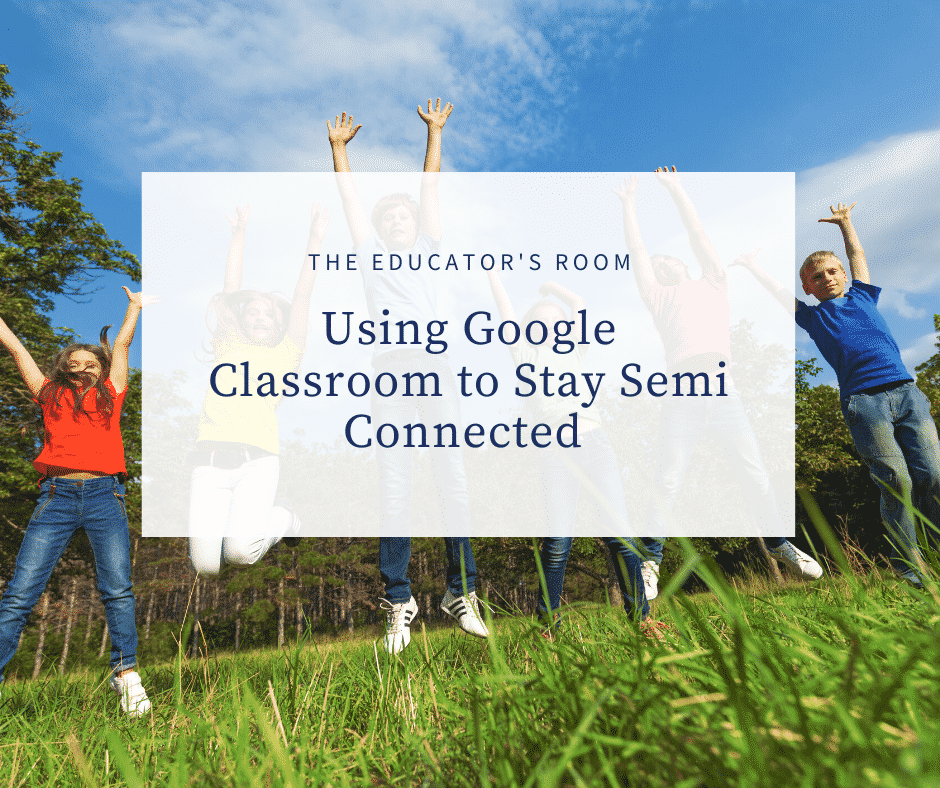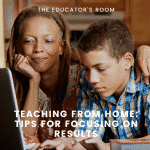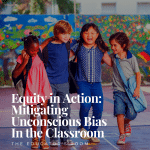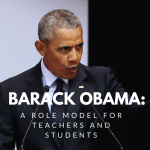Less control brings a demand for the extra effort.
In Chapter 1 of Teaching from Home imaginary book, I start by saying:
Being away from the students has made the job more difficult. Teaching from home pushes challenges that normally exist in the spotlight. How do I reach the hardest to reach students? How do I assess progress (or lack of it)?
I went on to describe in general ways why we educators are important to our students. Why we are important to each other, really. But what about the specifics? What about content, skills, personal growth? All I wrote on that, really, was a snippet from my Google Classroom shout-out following a food delivery and run to my students’ homes. The classroom is the most available communication tool, besides my phone, and it’s linked to my school email, so I am readily available to them. That said, there is still a need for good old-fashioned pencil and paper.
Out in the country that’s how we have to do some of it.
The plan for virtual learning was created hastily, but out of necessity. With the news of COVID-19, things seemed to progress so quickly, in terms of my school district response. So even though the preference is to keep ourselves “socially distanced” and have students do work online (via Google Classroom), that isn’t really possible for all of them. So even while teaching from home, we need to be getting to all of them. We are tasked with having to deliver content in multiple areas while not having big-city internet speeds. Out here in cow country, many students don’t have a wi-fi connection at all. So how do we make progress on the academic, social, and personal goals we have for them and they have for themselves?
Simple, some of the work gets done paper/pencil. It gets brought by teachers on buses one day and is picked up a couple of days later. As often as possible, exchanges between parents, students, and teachers happen by a cooler they have set out by the side of the road. The artwork is being done, music lessons on paper and practice instruments (these are handed off) are getting distributed. Through these interactions, I worry a little about any contact as close as we have to be in a rural community.
I am also amazed by what some of my colleagues are doing, as well as families and students. However, I’m not sure how urban schools are managing with such huge numbers of children. but I suspect it’s by engaging online as much as possible. That’s our hope as well, just for the sake of minimizing potential exposure to COVID-19 , or Funkintrumpin virus, as many people call it, most people in my community, really, if you want to know the truth.
Now, I’ll get more specific about how my plan was created and how it is evolving over time.
The centering principle for me once I knew I’d be teaching from home was maintaining a presence with my students. Our Google Classroom was my first choice since my students are all pretty familiar with it and we have used it before. It has undergone some tweaking and organizational changes to accommodate activities and connections across the curriculum as time has passed. For example, I am prompting them on a virtual cross country journey that leads them across the continental U.S. starting from San Francisco.
We have just read Nate the Great, San Francisco Detective. In this way, I plan to get as much “bang for my buck” as possible, weaving in ELA, Social Studies, Math (map scale to measure miles, formulas for distance traveled, time elapsed word problems, fictional “journaling” of sights seen…) content.
Some of what I have done
Math workbooks got distributed a few days before the school closure as were ELA textbooks. So for Nate the Great, students had the book in addition to any paper-based work that we assigned. What I did was to began posting “The Treasure Hunt” in our classroom. I began with a blank map of the continental U.S. with an easy “Do you know which state is New York and which is California?” question. For the next phase, I used the same map marked by opening it with Adobe Acrobat and using “comment and markup” tools. The marks are for the “start here” (San Francisco) and your goal is here (about where we are in N.Y.).
Step by step
Students submit privately or publicly a response to my prompts. Each successful response gets the next prompt. Las Vegas was the most recent stop. Next will be Utah (Salt Lake and facts about the lake) and then the “Four Corners Monument“. My plan is to have “stops” at places of historic and geographic significance. We’ll stop at The Grand Canyon. Students will discover where Geronimo was born and where Jesse James was shot and killed. You know, the important stuff!
In this classroom, I also post pictures and prompts to elicit a variety of skills in math (explain how to solve, where is the mistake…). For any interested, go to Google classroom and enter the class code below. I am going to start posting stuff later today. It might not work exactly like my school provided account does. But we educators will need to remain our own best resource.






